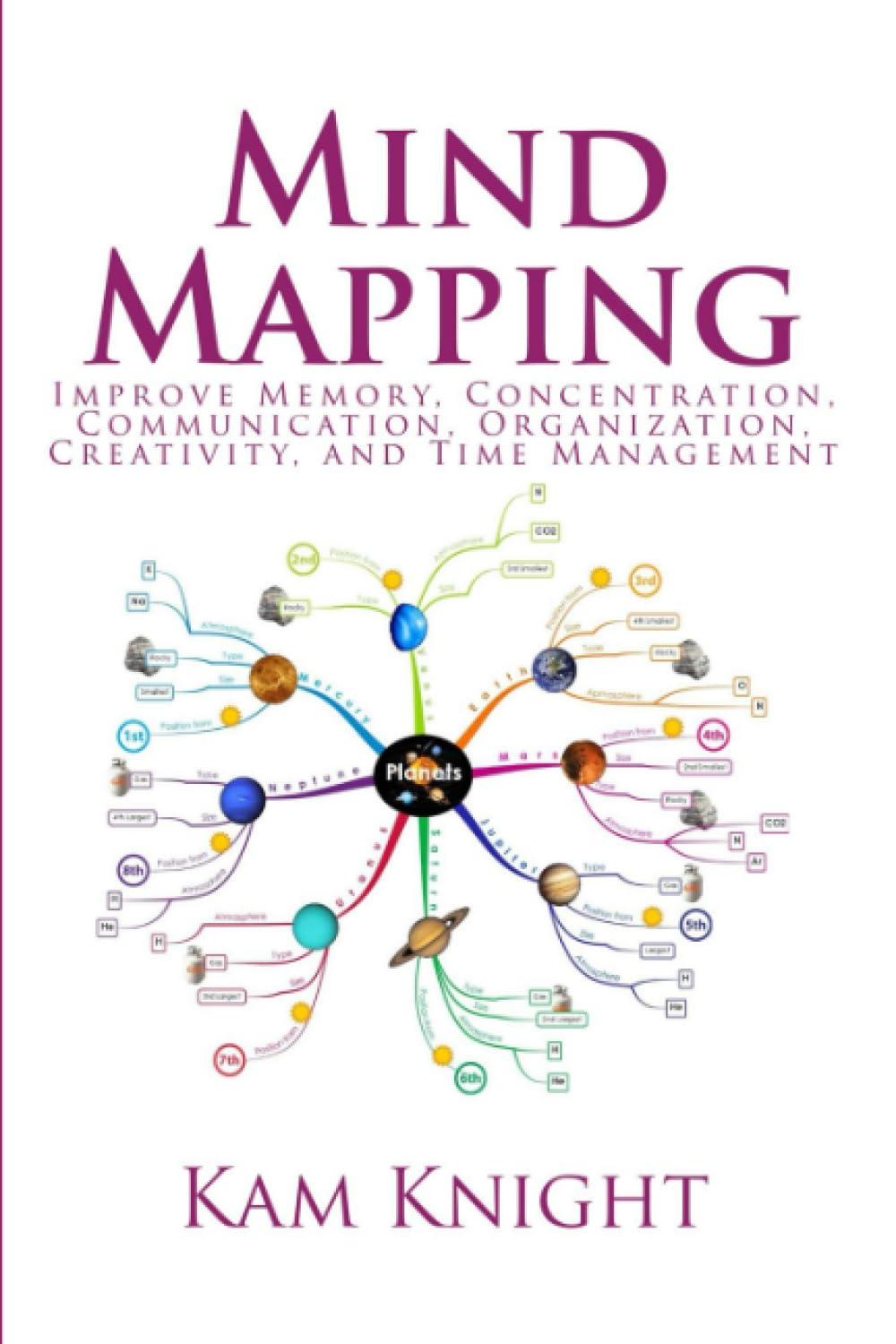Question
1. Consider jen, a consumer with preferences U(F,H)= F^1/3 H^2/3, where H is the quantity of housing and F is the quantity of food (per
1. Consider jen, a consumer with preferences U(F,H)= F^1/3 H^2/3, where H is the quantity of housing and F is the quantity of food (per month). Suppose Jen has an income 600/month which she uses to purchase food at a price of 1/unit and housing at a price of $10/unit.
a. Calculate Jen's optimal quantity demanded (the numbers, not the demand functions) of food and housing using the Lagrangian method.
b. Within your solution to part a., identify the equation corresponding to the tangency condition for utility maximization. At that tangency condition, what must be true about the willingness of Jen to trade-off between food and housing, and the trade-off between food and housing that the market requires?
c. Write the tangency condition as  . Complete the following sentence: If the current consumption of food and housing is such that
. Complete the following sentence: If the current consumption of food and housing is such that  (and Jen exhausts her entire budget), to maximize utility, Jen must ______________ (increase/decrease/hold constant) her consumption of food and (increase/decrease/hold constant) her consumption of housing.
(and Jen exhausts her entire budget), to maximize utility, Jen must ______________ (increase/decrease/hold constant) her consumption of food and (increase/decrease/hold constant) her consumption of housing.
d. Graph her budget constraint and her indifference curve corresponding to the optimal consumption bundle, with Food on the x-axis and Housing on the y-axis.
e. Plot Jen's demand curve for housing (you can use the prices Ph= 10,20, and 40 and hold Pf and Y constant).
f. Plot Jen's Engel curve for housing (you can use whatever incomes are convenient, and hold Ph constant at 10).
g. Is housing a normal good?
Step by Step Solution
There are 3 Steps involved in it
Step: 1

Get Instant Access to Expert-Tailored Solutions
See step-by-step solutions with expert insights and AI powered tools for academic success
Step: 2

Step: 3

Ace Your Homework with AI
Get the answers you need in no time with our AI-driven, step-by-step assistance
Get Started


